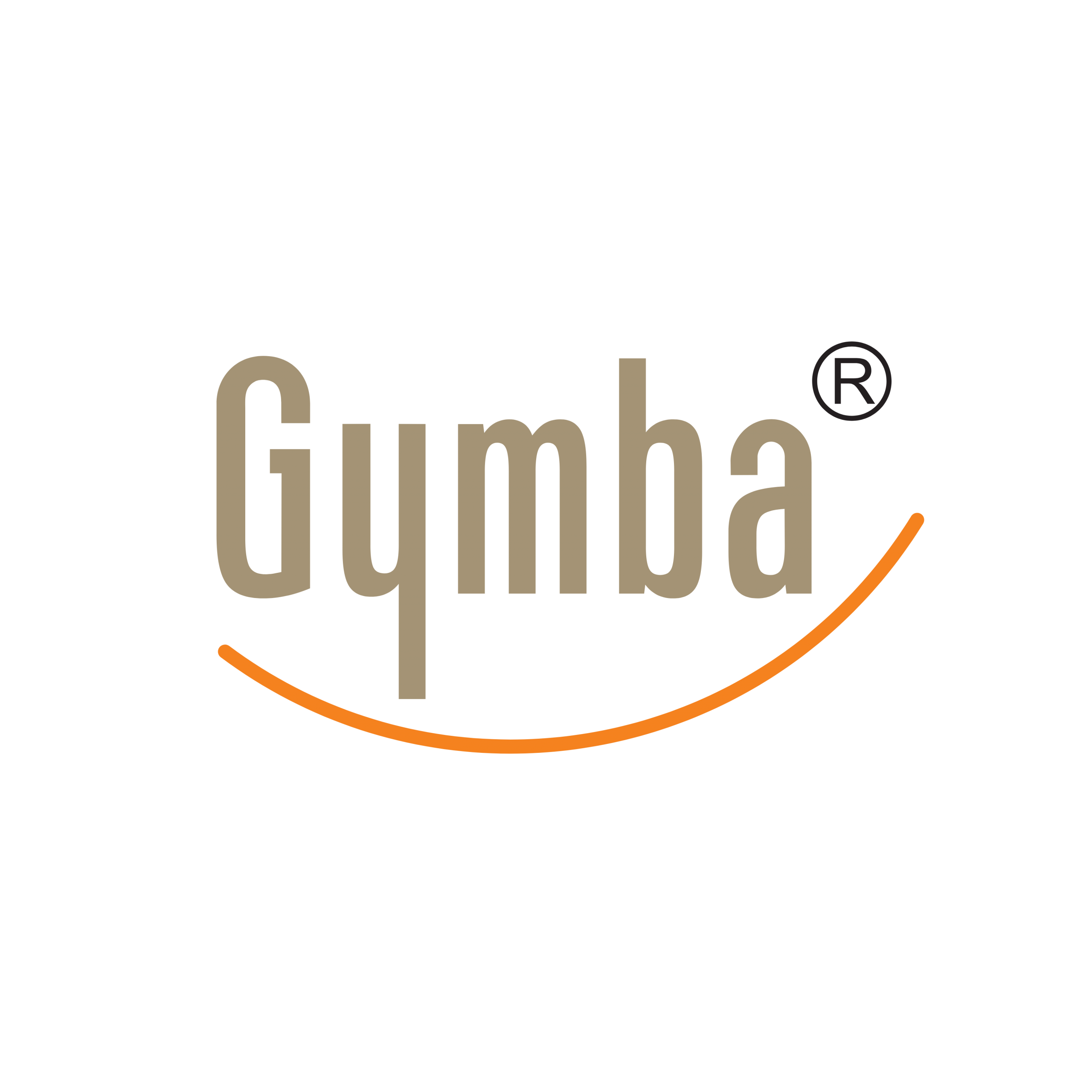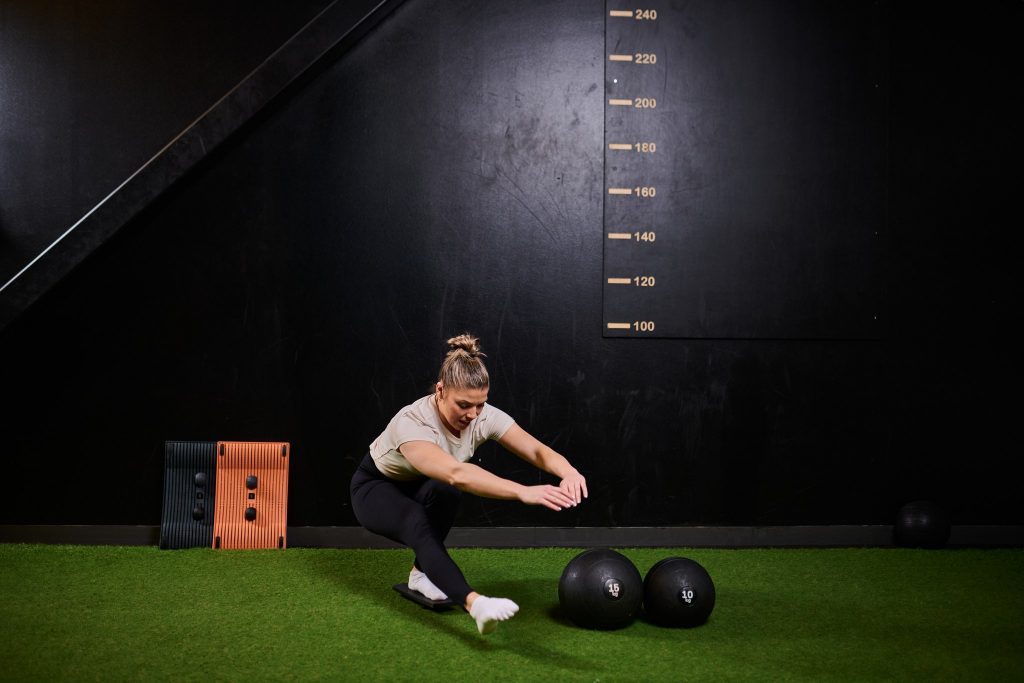When you watch elite athletes perform, you’re witnessing not just raw talent but the culmination of carefully planned training and recovery protocols. Behind every exceptional performance lies a foundation of physical therapy techniques that keep these athletes performing at their peak. From Olympic champions to professional teams, athletes increasingly incorporate therapeutic approaches into their regular training to enhance performance, prevent injuries, and extend their careers. These methods, once reserved for rehabilitation, have become essential components of athletic excellence.
Physical therapy techniques professional athletes swear by
Professional athletes don’t leave their performance to chance. They rely on evidence-based physical therapy methods to maintain their competitive edge. Balance training stands at the forefront of these techniques, with athletes incorporating unstable surfaces into their routines to challenge proprioception and strengthen stabilizing muscles that traditional training often neglects.
Proprioceptive exercises have become fundamental for athletes across all sports. These exercises enhance the body’s awareness of position and movement in space, creating more efficient neural pathways that translate to improved performance. Athletes use tools like balance boards to train these sensory receptors, resulting in better coordination and reduced injury risk.
Myofascial release techniques have also gained prominence in athletic training. Professional athletes regularly incorporate self-massage tools to address tissue restrictions that can limit mobility and performance. This approach helps maintain optimal muscle function and prevents the compensatory patterns that often lead to injury.
Targeted strengthening forms another pillar of athletic physical therapy. Rather than focusing solely on prime movers, athletes now pay equal attention to the smaller stabilizing muscles that support proper biomechanics. This balanced approach ensures the body functions as a cohesive unit during complex movements.
Mobility work completes the physical therapy toolkit of elite performers. Dynamic mobility exercises prepare tissues for the demands of training while improving range of motion. Unlike static stretching, which research has shown may temporarily reduce power output, these movement-based techniques enhance both flexibility and performance.
How balance training enhances athletic performance and injury prevention
Balance training creates powerful neuromuscular connections that translate directly to athletic performance. When athletes train on unstable surfaces, the body recruits more muscle fibers and strengthens neural pathways, improving reaction time and movement efficiency. This enhanced neural recruitment means movements become more automatic, allowing athletes to focus on strategy rather than execution.
The coordination benefits of balance training extend to all sports. Whether throwing a ball, sprinting, or jumping, improved balance means better body control. Athletes with superior balance can generate and transfer force more effectively, resulting in greater power output and precision in their movements.
Injury prevention represents perhaps the most compelling reason for balance training. Regular balance work strengthens the stabilizing muscles around joints, particularly the ankles, knees, and hips – common injury sites for athletes. Research consistently shows that proprioceptive training reduces injury rates by improving the body’s ability to react to unexpected perturbations during competition.
Balance training also addresses asymmetries that can lead to compensation patterns and eventual injury. By working on unstable surfaces, athletes quickly identify and correct these imbalances before they create problems. This proactive approach keeps athletes competing longer with fewer interruptions for rehabilitation.
Key balance exercises athletes incorporate:
- Single-leg stance progressions with various arm positions
- Balance board exercises with eyes open and closed
- Dynamic reaching movements while maintaining balance
- Sport-specific skills performed on unstable surfaces
Recovery tools athletes use between training sessions
Recovery has evolved from passive rest to active regeneration using specialized tools. Between intense training sessions, athletes now employ various implements to enhance recovery and prepare for the next performance demand. These tools help address the physiological stress of training while promoting tissue repair.
Versatile balance boards like the Gymba Balance Board MINI serve multiple recovery purposes. Beyond balance training, these boards offer integrated massage features that help release tension in the feet – an often overlooked aspect of recovery. The fixed massage points target trigger points in the plantar fascia, releasing tension that can affect the entire kinetic chain.
Athletes particularly value recovery tools that address multiple needs simultaneously. The Gymba Balance Board MINI exemplifies this approach by combining balance training capabilities with foot massage features. This dual functionality makes it efficient for busy training schedules where recovery time is limited but essential.
The portability of modern recovery tools also makes consistent implementation possible. Athletes can maintain their recovery routines whether at home, in training facilities, or while traveling to competitions. This consistency is key to recovery effectiveness, as intermittent use provides limited benefits compared to regular application.
Incorporating the Gymba Balance Board MINI into athletic training routines
The Gymba Balance Board MINI offers athletes at all levels versatile training options. For balance development, standing on the board with one foot creates an unstable surface that challenges proprioception and strengthens the small stabilizing muscles throughout the kinetic chain. This single-leg focus is particularly valuable for identifying and addressing asymmetries between sides.
Core strengthening becomes more effective when combined with balance challenges. Athletes can perform exercises like single-leg squats or planks with one foot on the board to engage deep core stabilizers more intensively than traditional exercises. These integrated movements better replicate the demands of sport than isolated core training.
For rehabilitation work, the controlled instability of the Gymba Balance Board MINI provides progressive challenges as athletes rebuild function. Starting with simple weight shifts and advancing to more dynamic movements allows for safe progression through recovery protocols. Physical therapists often prescribe these graduated exercises to restore proprioception following injury.
Recovery applications extend beyond balance training. By flipping the board over, athletes can access the fixed massage points to release tension in the feet. This feature provides targeted myofascial release to the plantar fascia, helping to alleviate foot pain and improve mobility throughout the lower extremity chain.
How foot health impacts overall athletic performance
The feet form the foundation of athletic movement, yet their contribution to performance often goes unrecognized. Proper foot mechanics influence force generation and transfer throughout the entire kinetic chain. When the feet function optimally, athletes can produce more power and maintain better positioning during complex movements.
The plantar fascia plays a critical role in this mechanical efficiency. This thick band of tissue helps store and release energy during movement, contributing to propulsion in running and jumping activities. Regular myofascial release of the plantar fascia maintains this elastic function, allowing athletes to benefit from this natural spring mechanism.
Foot stability directly influences balance and coordination. When the intrinsic foot muscles are weak or the plantar fascia is restricted, compensatory patterns emerge throughout the body. These alterations in movement mechanics not only reduce performance but also increase injury risk in the ankles, knees, hips, and even the lower back.
Tools like the Gymba Balance Board MINI address foot health through multiple mechanisms. The balance training strengthens the intrinsic foot muscles, while the fixed massage points provide targeted release to the plantar fascia. This comprehensive approach to foot care translates to improved overall movement quality and reduced injury risk.
Athletes who prioritize foot health often report improvements in longstanding issues throughout the kinetic chain. This bottom-up approach to performance enhancement and injury prevention offers significant benefits for minimal time investment, making it one of the most efficient additions to any training program.
By incorporating physical therapy techniques like balance training and foot care into regular training routines, athletes at all levels can enhance their performance, reduce injury risk, and extend their competitive careers. Tools like the Gymba Balance Board MINI make these professional-level practices accessible to everyone, bridging the gap between rehabilitation and performance enhancement.

